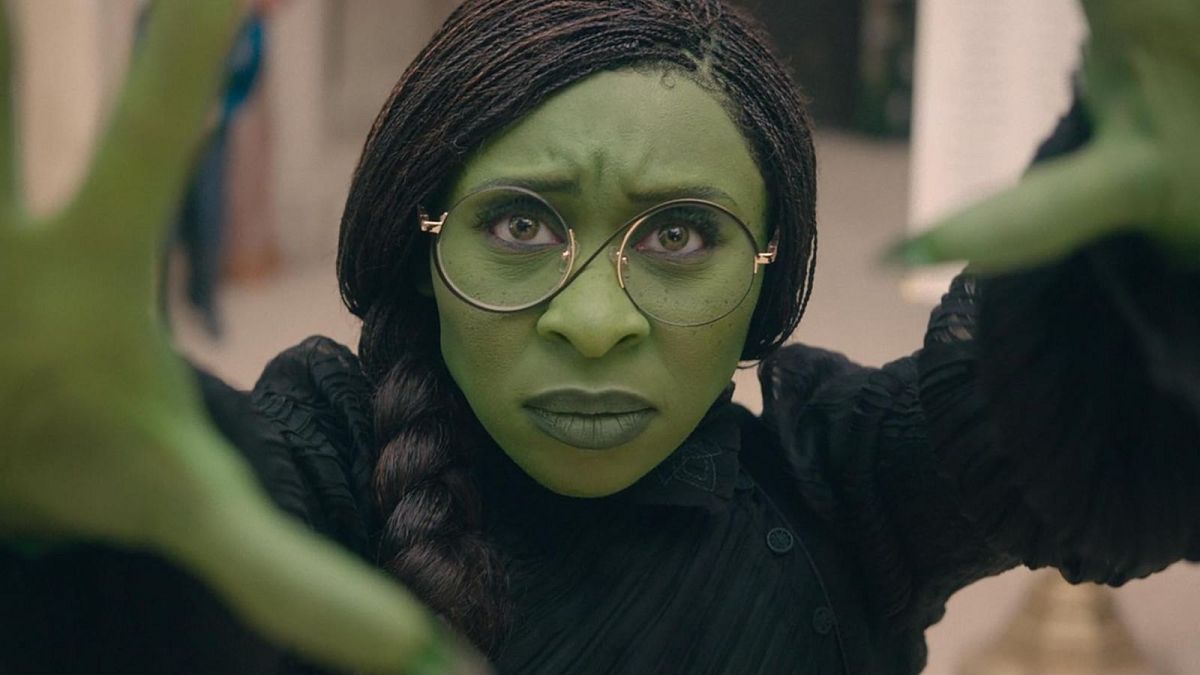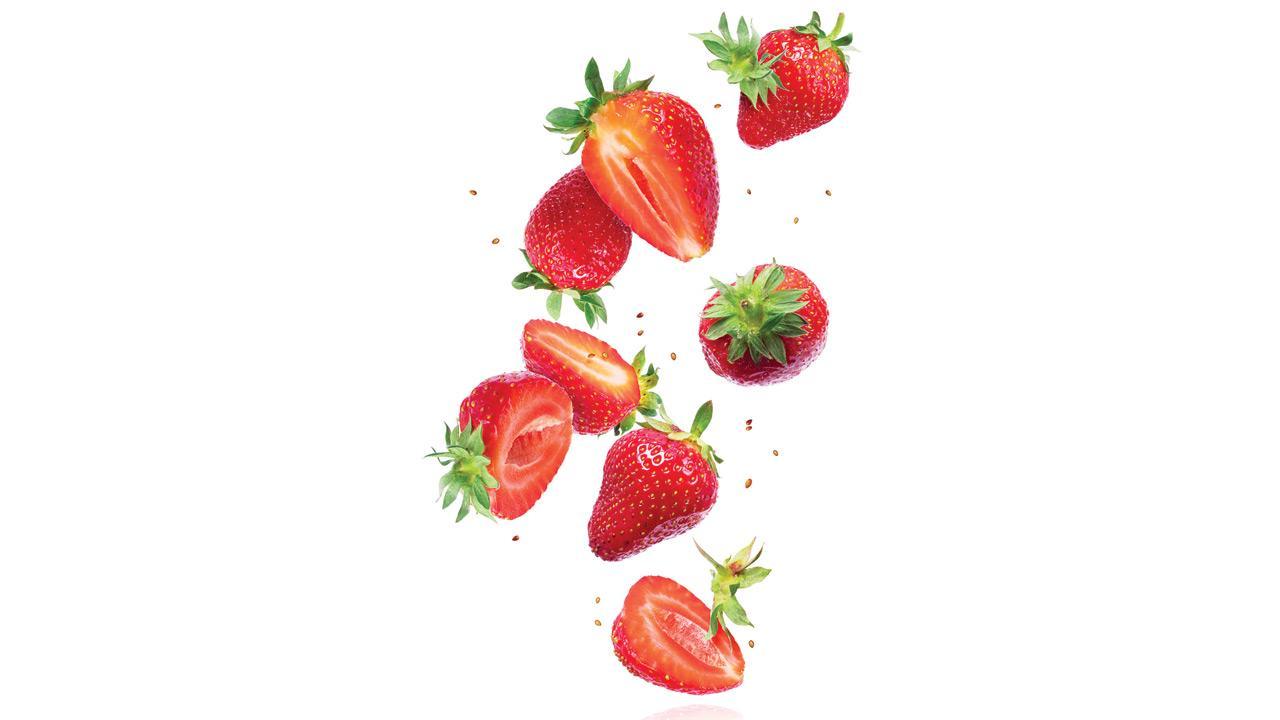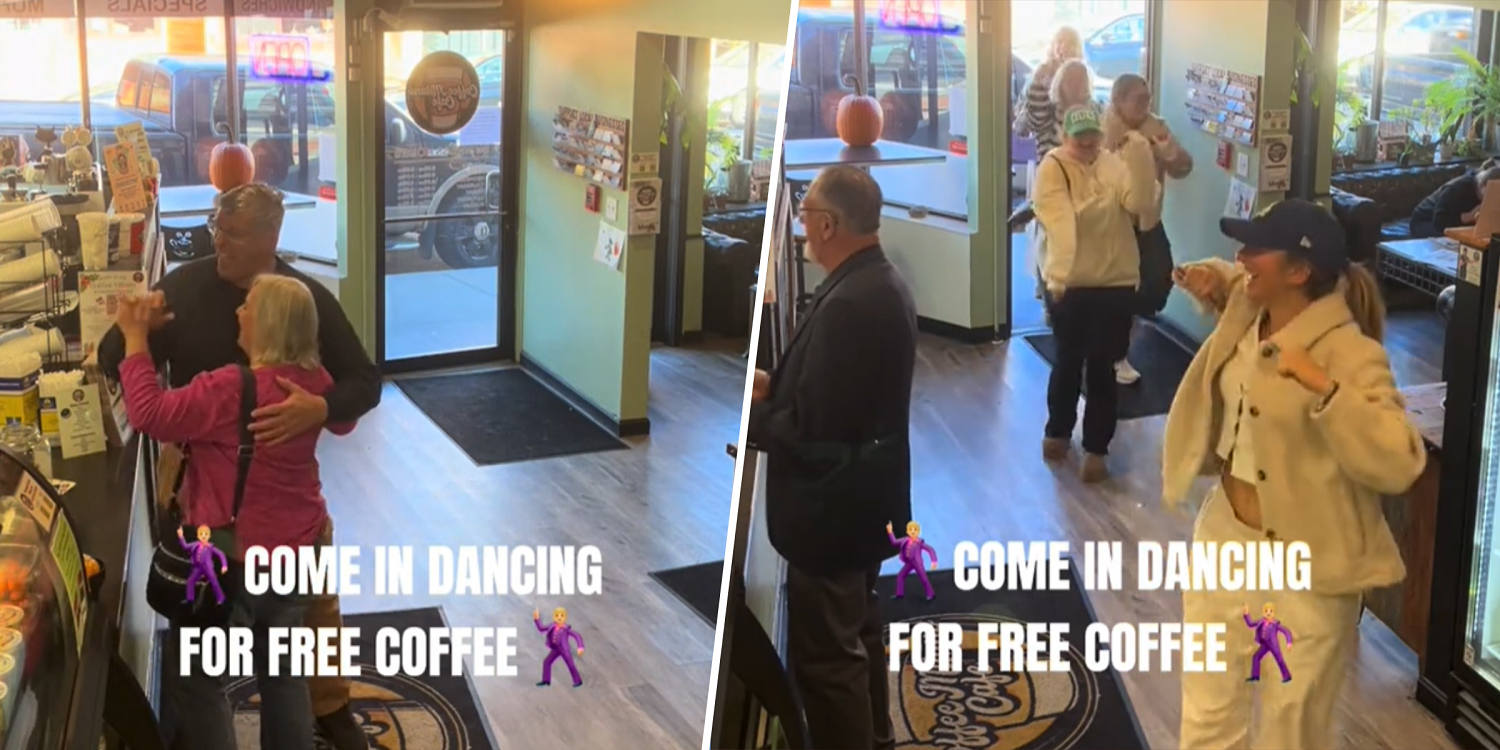As 'Wicked' prepares to cast its spell over the box office, we look at how portrayals of witches on screen have evolved to become symbols of female empowerment and an embracement of otherness. Are you a good witch or a bad witch? A quote from Victor Fleming’s 1939 , it’s a question that has been played with throughout popular culture for centuries, the binaries becoming increasingly blurred. Many of us will first remember being scared of witches, primarily through their fairytale hag guises: the long crooked nose and toothless grin of the Wicked Queen in , or Margaret Hamilton’s melting, sickly-skinned Wicked Witch of the West.
It was a vision of the latter in the clouds that inspired American author Gregory Maguire to write "Wicked" in the early 90s, turning one of cinema’s most infamous villains into a heroine to explore the nature of evil. "Wicked" tells the backstory of Elphaba before she became the Wicked Witch of the West, and her friendship with Galinda, who becomes Glinda the Good. Bullied for her green skin and used by the fascist Wizard of Oz, Elphaba is driven to revenge, mistreatment that ultimately corrupts her.
The novel quickly became a bestseller, spawning one of the biggest ever Broadway musical hits. Its themes of female empowerment, friendship and otherness resonated with young women in particular, the devotion of whom has led to its behemoth cultural impact. A starring Cynthia Erivo as Elphaba and Ariana Grande as Glinda arrives in cinemas 22 Novem.


















